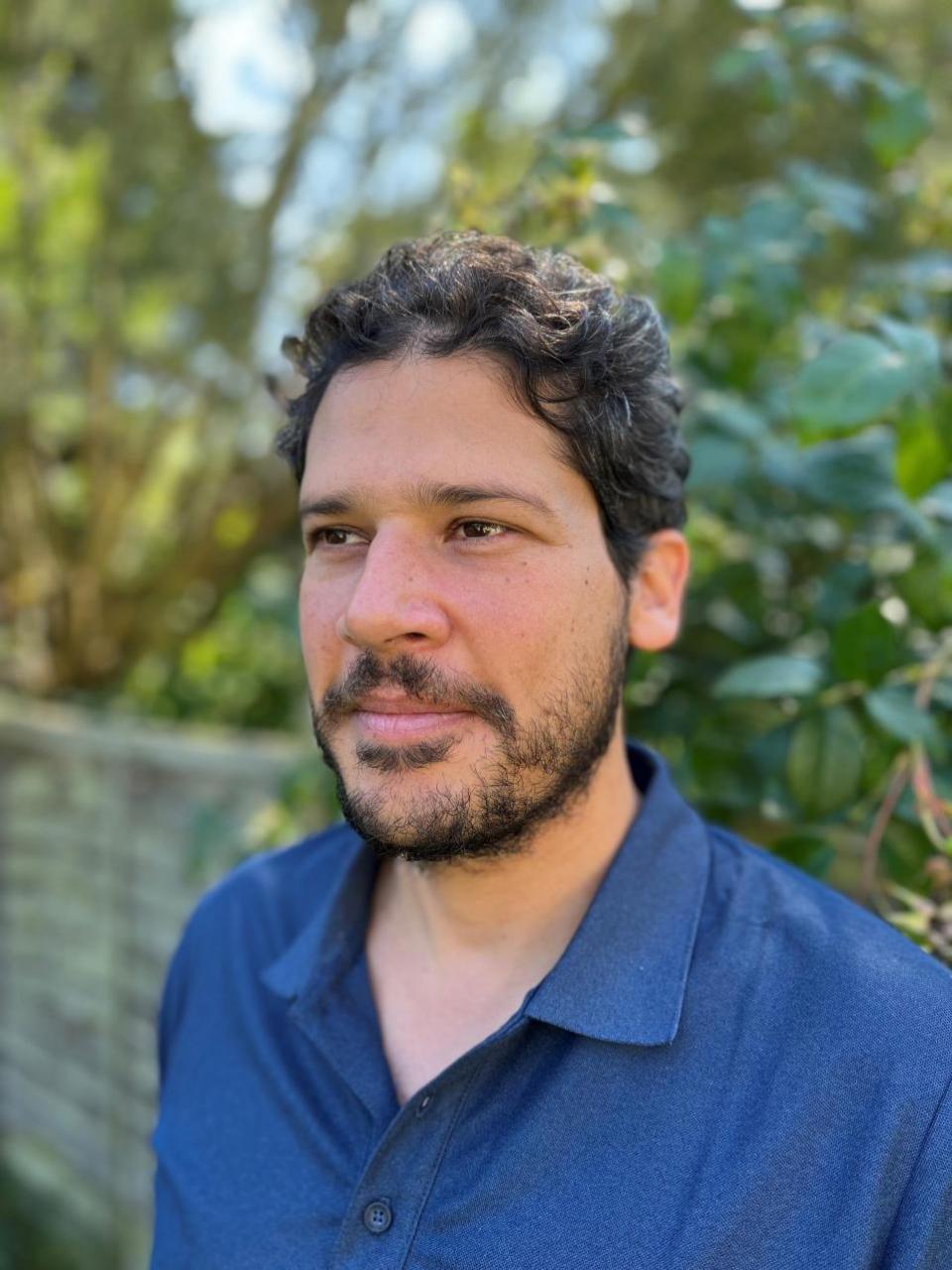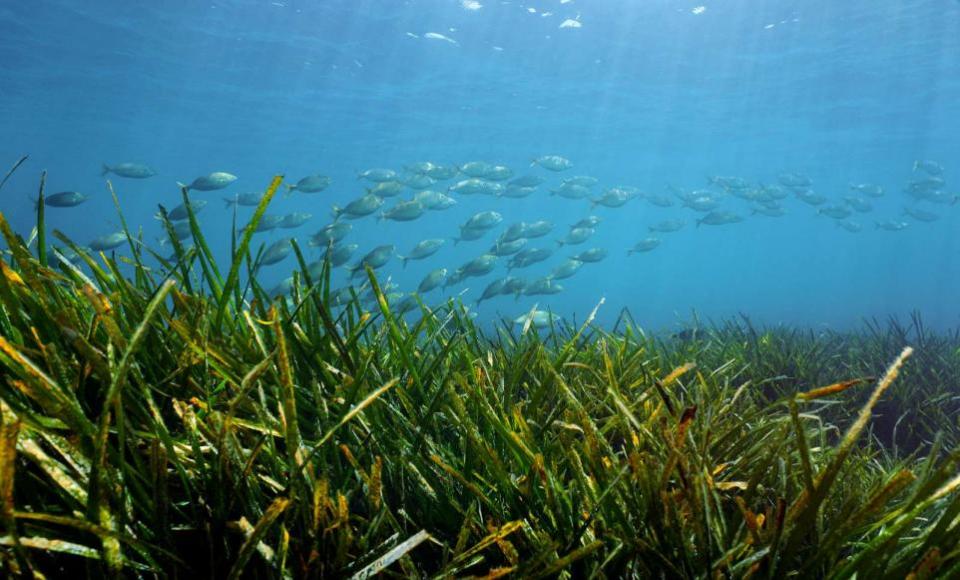Renewable energy company Ørsted believes that the green transition must be done the right way – in balance with nature, writes Samir Whitaker, the company’s Biodiversity Lead Specialist.

AT Ørsted, as one of the world’s leading renewable energy companies, firmly believes that the transition to green energy is an integral part of mitigating climate change and halting biodiversity loss.
But the transition to renewable energy must be done the right way – in balance with nature.
That’s why we want to work with the Scottish and UK governments, industry and local partners to ensure that our green energy projects make a positive contribution to our key stakeholders: nature and people.
OUR BIODIVERSITY COMMITMENT
RESTORING biodiversity is one of the most powerful tools we have to fight climate change after reducing our dependence on fossil fuels. Healthy ecosystems help absorb and store carbon, protecting coastal communities from the effects of climate change.
In 2020, we committed that all new sustainable energy projects we commission from 2030 onwards will have a net positive impact on biodiversity.
This means that we will not only avoid, minimize and compensate for the impact on nature during the lifetime of our projects – we will also actively help restore and improve ecosystems.
Since we made that promise, we have developed methods to deliver on our promise. We’ve created frameworks and metrics so we can measure our progress and develop ways to achieve it on a global scale.
We don’t have all the answers, but we strive to find lasting, scalable, sustainable solutions and collaboration with local partners is crucial.
To that end, we have launched several biodiversity pilot projects here in Scotland and the UK to gain experience and develop best practice that we can then apply to our many different projects around the world.
RESTORATION OF COASTAL ECOSYSTEMS
IN the Humber Estuary in Britain, we are working with the Yorkshire Wildlife Trust and Lincolnshire Wildlife Trust on a seascape restoration project.
With the Wilder Humber project we are planting seagrass and salt marsh and introducing half a million native oysters to restore biodiversity, mitigate climate change and improve the estuary ecosystem.
Working with the Wildlife Trusts, we are developing marine restoration methods that we can scale up globally to meet our 2030 ambition and deliver long-term benefits for nature.
DEEPENING OUR UNDERSTANDING OF FISH MIGRATION PATTERNS
HERE in Scotland we are funding a project called PREDICT, led by the University of Aberdeen and the Environmental Research Institute of the University of the Highlands and Islands.
The three-year project aims to investigate fish migration patterns around offshore wind farms to better understand the movements of other marine species, such as birds and marine mammals. It will give us a better understanding of the interaction of fish and their predators with wind farms.
PREDICT’s findings will provide a vision of advanced monitoring techniques that can be applied elsewhere.
They will help the industry strategically place wind farms in locations where important feeding areas for seabirds and marine mammals are less likely to overlap.


As part of the Wilder Humber project, Ørsted is planting seagrass and salt marsh and introducing half a million native oysters to restore biodiversity and mitigate climate change in Britain’s Humber Estuary
USING AI AND 3D IMAGES TO MAPPING THE GROWTH OF MARINE LIFE
WE have recognized that the first step towards our 2030 net positive ambition is to better understand the fundamental biodiversity conditions of our sites and how they interact with marine ecosystems.
To this end, we share underwater videos of our offshore wind turbines with researchers from the Scottish Association for Marine Science (SAMS).
They use artificial intelligence and 3D imaging to map the growth of marine life on wind farms in the North Sea. SAMS’s invaluable research and analysis will allow us to quantify and understand how offshore wind infrastructure interacts with the marine environment.
FUNDING OF MARINE IMPROVEMENT PROJECTS
ØRSTED, as well as our joint venture Stromar and Salamander offshore wind projects, have all contributed to the funding of the Scottish Marine Environmental Enhancement Fund (SMEEF).
SMEEF enables marine users to voluntarily invest in improving the health of the oceans by enabling investment in marine and coastal restoration projects in Scotland. It provides grants to increase biodiversity, support green jobs and help coastal communities cope with climate change.
Established through a partnership of the Scottish Government Marine Directorate, Crown Estate Scotland and NatureScot, SMEEF’s structure ensures credibility and transparency.
UNLOCKING THE POTENTIAL OF AQUACULTURE
SEAWEED is widely recognized by a number of international organizations as providing a huge range of benefits to the marine environment by absorbing carbon, releasing oxygen and providing a habitat for marine life.
With the right species and design, seaweed farms can be a useful way to support native marine life.
We’ve teamed up with pioneering marine farmers SeaGrown to explore the potential of using seaweed farms to increase biodiversity in the oceans. The Scarborough-based project has trialled a range of biodiversity monitoring technologies including eDNA, remote cameras and sonar at SeaGrown’s offshore seaweed farm.
IN THE SPIRIT OF COLLABORATION WE CAN DO MORE
WITH these projects we are already taking action to integrate biodiversity into the way we build our sustainable energy projects. Collaborating with local partners is the key to our approach. By working together we can achieve more and faster.
We are committed to working with the Scottish and UK governments to achieve our net positive biodiversity targets. We need government cooperation to set goals, create frameworks and adopt regulations that are aligned with our voluntary ambitions.
Both the UK and Scottish governments have set out their biodiversity commitments and proposed ambitious legislative targets for biodiversity that will hold future governments to account. We are now keen to work with them to achieve our net positive biodiversity goals together.
PROVIDES MORE THAN GREEN ENERGY
At Ørsted we strive to do things right.
Since we pioneered the world’s first offshore wind farm more than thirty years ago in 1991, we have played a leading role in the renewable energy sector and helped make offshore wind energy a cheap, safe form of green energy. Today our focus is on maximizing the long-term value it can generate for people and nature.
Our net positive biodiversity ambition is part of our wider commitment to building good green energy infrastructure – in a way that creates sustainable social, economic and environmental benefits beyond low-emission electricity.
To significantly impact climate change and limit biodiversity loss, we need broad collaboration with government, industry and the scientific community.
Together we can deliver green energy and long-lasting benefits for nature.
www.orsted.co.uk